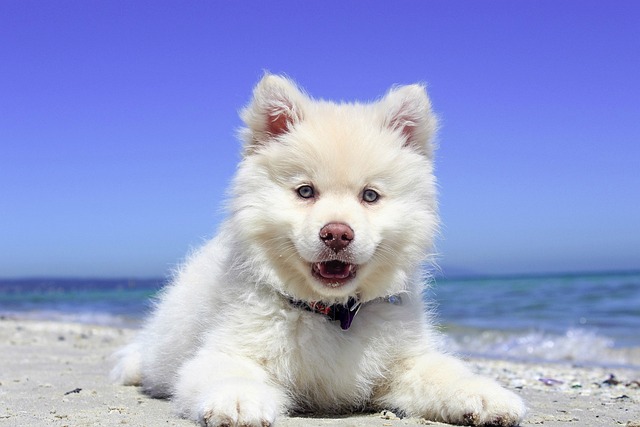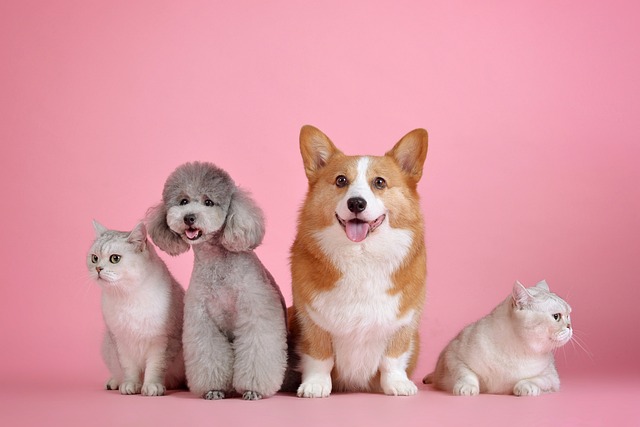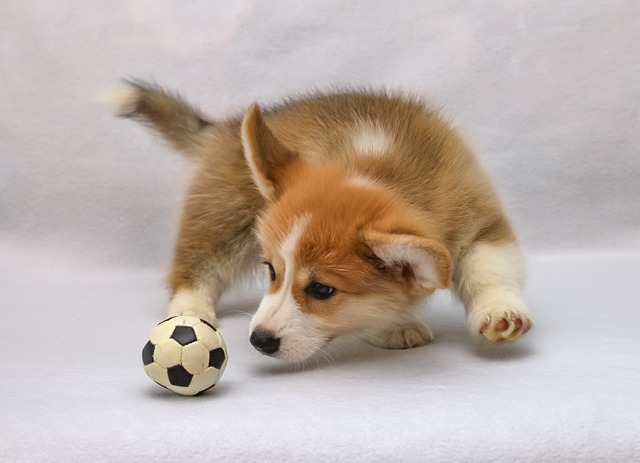In the warm time we spend with our dogs, every dog owner is like a guardian angel, with their heart and eyes full of the dog's health and happiness. However, the health of dogs always touches our heartstrings. Gastric bloat, this heart-wrenching disease, breaks into our field of vision from time to time, making us fall into deep worry and confusion. So, can dog's gastric bloat resolve itself? This is an urgent question that countless dog owners repeatedly ask in their hearts when facing this problem.
Dog's gastric bloat is by no means a simple minor problem. When this happens, the dog's stomach will expand abnormally, just like a balloon with normal elasticity, which is blown up wildly and gradually loses its elasticity and normal shape. There are many reasons for gastric bloat, among which dietary factors often dominate. For example, if a dog consumes too much food at one time, just like a child overeating at a buffet, the stomach, a "small warehouse", will be filled up in an instant and overwhelmed. Or, they eat too fast and swallow hastily without chewing thoroughly, which undoubtedly poses a huge challenge to the digestion work of the stomach. Imagine that the stomach has to deal with far more food in a short period of time, and these foods have not been initially broken down. The stomach is like a chaotic factory that cannot operate normally, which leads to expansion.
There are also some external factors that may induce gastric expansion. Improper diet before and after strenuous exercise is a hidden "health killer". Dogs are lively and active by nature. After they run and play to their heart's content, their bodies are in a state of excitement and accelerated metabolism. If they are fed immediately at this time, the stomach will be forced to start working before it is ready, and problems are likely to occur. Similarly, taking dogs to do strenuous exercise shortly after eating will also make the stomach peristalsis while digesting food, and it will also be affected by the violent shaking of the body, which undoubtedly greatly increases the risk of gastric expansion.

From a professional medical point of view, once a dog's gastric expansion occurs, the possibility of spontaneous relief is very small. Gastric expansion is not just an increase in the volume of the stomach, it will also trigger a series of serious chain reactions. After the stomach is over-expanded, the internal pressure rises sharply, which will hinder normal blood circulation. Just like the main traffic arteries in the city are seriously blocked, the blood cannot flow smoothly to the various tissues and cells in the stomach, resulting in insufficient oxygen and nutrient supply to these parts. Over time, the stomach wall tissue will gradually be damaged due to ischemia and hypoxia, and even necrosis will occur.
At the same time, the food in the stomach cannot be digested normally in this abnormal environment, and begins to ferment and produce gas. These gases continue to accumulate in the stomach, further aggravating the expansion of the stomach, forming a vicious circle. Moreover, as the pressure in the stomach continues to rise, it may also compress other important organs around it, such as the spleen and liver, affecting the normal function of these organs. What's more terrifying is that gastric expansion may also cause gastric torsion, which is an extremely dangerous complication. When the stomach twists, the exit and entrance of the stomach are blocked, and the gas and liquid in the stomach cannot be discharged. The situation will deteriorate rapidly in a short time, seriously endangering the life safety of the dog.
As a shit shoveler, from the moment we happily welcome the dog to become a member of the family, we shoulder the responsibility of taking care of them for a lifetime. We watch the dogs grow up little by little, and their every look and every movement can touch our hearts. Therefore, when dogs may face a crisis such as gastric dilatation, we must not take chances and expect it to be relieved on its own. Once the dog is found to have symptoms of suspected gastric dilatation such as abdominal distension, frequent dry heaves but nothing can be vomited, listlessness, and difficulty breathing, it is necessary to take the dog to a professional pet hospital immediately. There, the veterinarian will accurately judge the dog's condition through detailed interviews, physical examinations, and necessary imaging examinations, such as X-rays and B-ultrasound, and take timely and effective treatment measures.
Preventing dog gastric dilatation is actually in the bits and pieces of our daily life. Reasonable control of the dog's food intake and eating speed is the key. We can divide a day's food into multiple feedings to prevent the dog from eating too much at one time. At the same time, choosing a slow-feeding bowl is also a good way. The design of this bowl allows the dog to slow down when eating, fully chew the food, and reduce the digestive burden of the stomach. In addition, it is also very important to develop good feeding habits. Do not feed the dog at least 1-2 hours before and after exercise. Let the dog eat in a quiet and comfortable environment to prevent them from eating too fast because of fighting for food or being disturbed by the outside world.
Dogs, the little angels who love us with their whole lives, give us endless loyalty and companionship. As the guardians of their lives, we must understand their health needs carefully and use scientific pet care knowledge to protect their health. When facing such a serious problem as dog gastric dilatation, we must understand that timely treatment and correct prevention are the best way to give them love.






